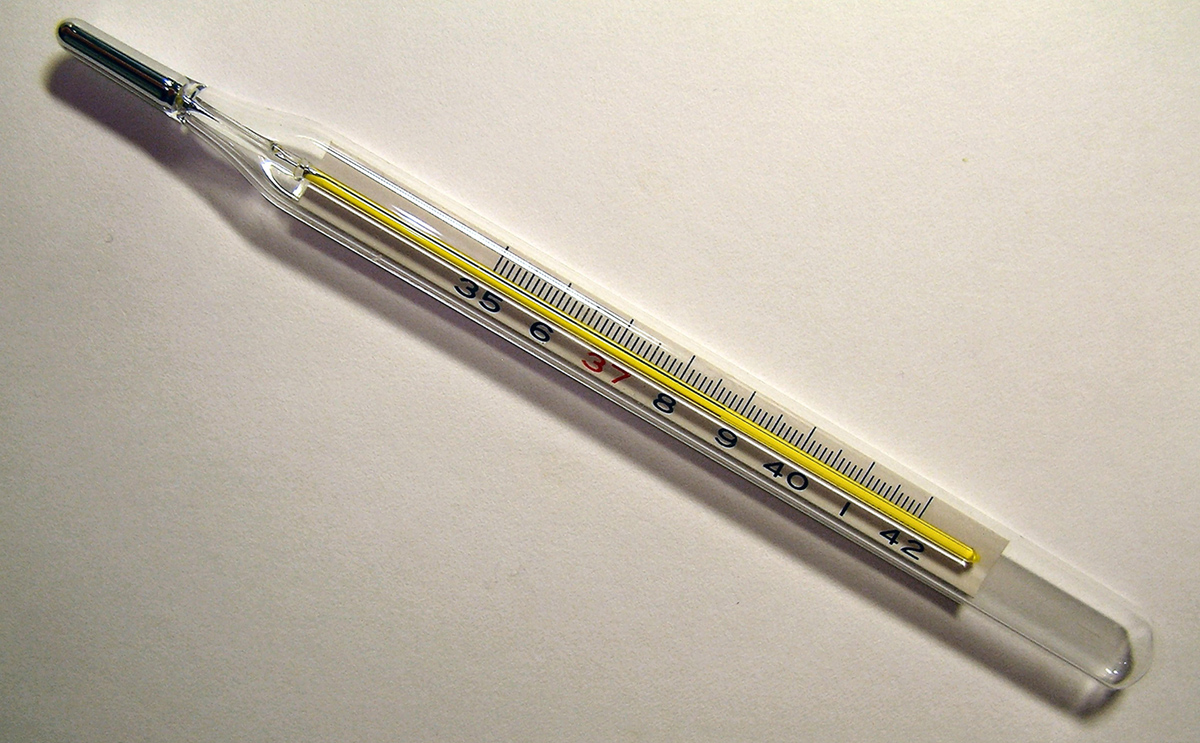
A high fever is a body temperature of 37.5 C (100F) or higher than this. Fever is considered to be the body’s natural defense mechanism. It is usually caused by a bacterial or viral infection.
Fever can be caused by many different illnesses and disorders, and also by sunstroke and vaccines.
Children often have a fever, and if it is caused by a viral infection it clears up by itself. However, there are some possible complications that may come along with a fever, so parents should monitor the child for their symptoms.
Along with a fever, a child may be tired, irritable, flushed and sweaty. He or she may have a headache or sore muscles and chills. This is all normal.
In some children, a fever that develops very quickly can cause seizures (also known as fits). These seizures are called febrile convulsions and involve muscle spasms and shaking, sometimes the eyes rolling back. This looks terrifying but usually stops after less than 15 minutes.
Meningitis and septicaemia are two serious conditions that parents should be aware of, because they start with symptoms similar to the flu.
Meningitis is an inflammation of brain membrane caused by bacteria and it is possibly life-threatening. Septicaemia is a severe bacterial condition with the inflammation of the whole body.
Symptoms of meningitis and septicaemia are similar, and in babies and toddlers include fever, pale blotchy skin, refusing to eat, drowsiness, nausea and vomiting. Older children may also have a stiff neck, a rash, sensitivity to light and stomach cramps.
If parents suspect their child shows symptoms of meningitis or septicaemia, they should seek immediate medical assistance.
There are several different methods to measure a child’s temperature. The most practical is by a digital thermometer in the armpit, that usually shows results within a few seconds. The temperature measured with a mercury thermometer in the child’s mouth is higher by 0.5C that the one measured in the armpit. Caution is necessary when using a mercury thermometer because if it breaks and the mercury leaks out, it can be poisonous.
Lowering the body temperature can be done with a sponge soaked in lukewarm water. If the child has chills the sponge should be applied only on the forehead and not the whole body.
During a fever, it is important to drink a lot of water to prevent dehydration, since the body loses a lot of fluids through sweat. Dark colored urine is usually a sign that a child needs more fluid.
Parents should be careful when choosing medications to lower the fever. Children under 16 years of age are not supposed to take Aspirin, as it may cause a rare condition called Reye’s syndrome.
There are paracetamol and ibuprofen medications that are made especially for children, such as Calpol and Nurofen, but they should never be taken at the same time.



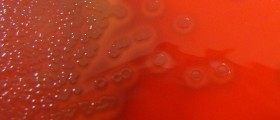


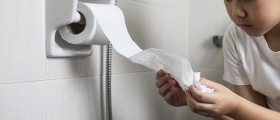
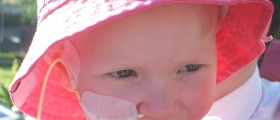




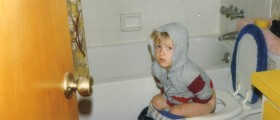



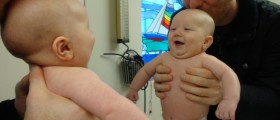
Your thoughts on this
Loading...